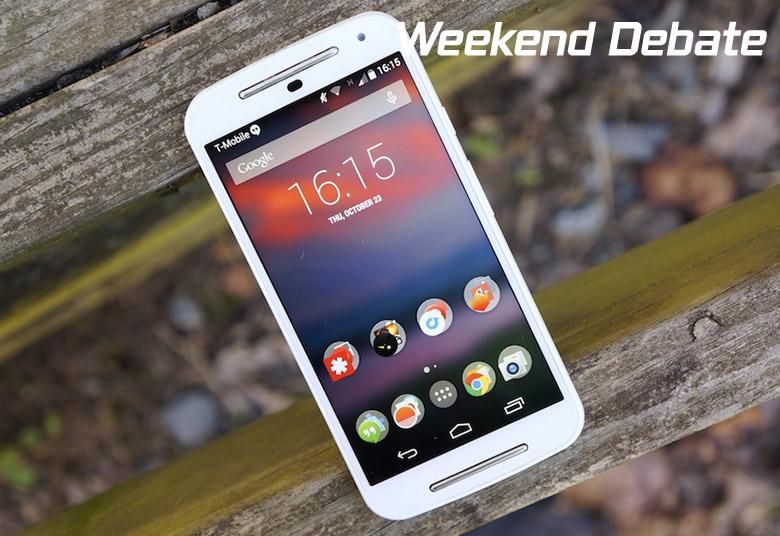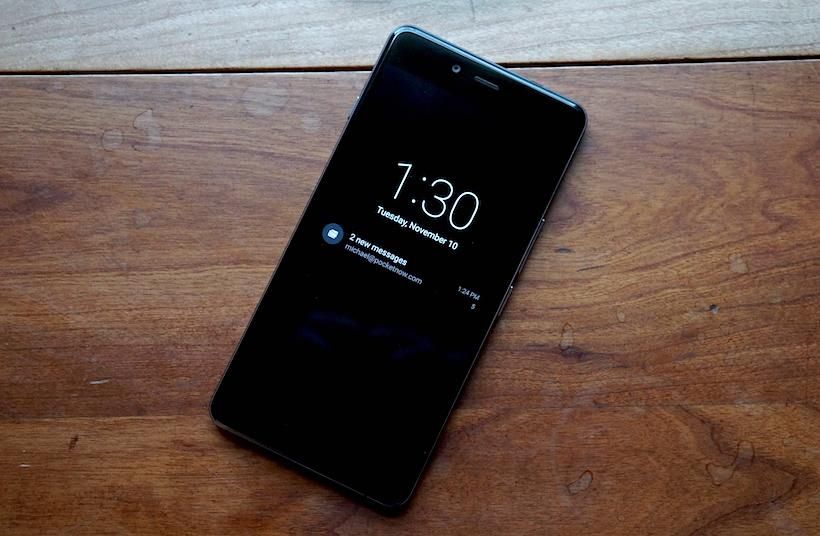Looking at the smartphone landscape, there is a lot to take in. The question of “What phone should I buy” is no longer so easily defined by questions such as “What is your budget?” Time was, if you wanted a phone, you first had to decide in what tier you belonged – the upper, midrange, or lower. From there you could start to define what you’d be looking for in a smartphone such as NFC, camera, front-facing camera, wireless charging, etc. Most importantly, you could start deciding where to cut corners.
But the lines between smartphone tiers have started to blur. The high end phones are getting a little better every year, but the lower and midrange phones are getting much better every year. With offerings like the Alacatel OneTouch Idol 3, the Moto G, and the Asus ZenPhone 2, you can start asking the “What are you looking for?” question much earlier in the conversation.
Drawing nearer
It’s gotten to the point where midrange phones are just as praise worthy as some high-end competitors. That should make entities like Samsung, LG, and Apple very nervous, because if enough people start to realize this, all of those companies could start seeing some less-than-desirable quarterly numbers.
Because when does a phone start to become too expensive? When there are phones at half the cost of a GS6 that are almost as good in every respect – and better in some areas, how does the GS6 justify its high price tag? How does the iPhone? The iPhone is a unique case, in that there really are no cheaper alternatives for an iPhone except an older iPhone. I guess that’s not so bad, but honestly, if I’m laying down hard-earned greenbacks for a new phone, I want a ~new~ phone, not last year’s model. But that’s me.
All the same, phones like those previously mentioned are getting better and better by leaps and bounds while high-end phones are getting better, but by smaller margins. It’s not the fault of the OEM. It’s just that tech only gets better at a certain pace, and midrange tech is getting better (or rather cheaper) faster. So we’re at a point where midrange phones in the neighborhood of $350 are quickly catching up to phone with a $650 price tag.
And yet…
But it should be mentioned that midrange phones will never catch up to the high-end crème de la crème phones. Just look at camera performance alone. That’s the big thing with me, in case this is the first editorial you have ever read by me. The camera on the GS6 line of phones is head, shoulders, and probably chest, stomach, and groin above anything that comes in at $350. It’s not even close.
Consider also the other specifications on these phones. On the high end, 32GB is quickly becoming the standard memory complement on these phones – though not quickly enough for my taste. On the low end, you’re still looking at eight or even four gigabytes offerings. That just won’t do.
It’s the whole picture
Of course storage alone doesn’t justify doubling the cost. But storage combined with processor, RAM, design, and overall style quickly starts to drive the price up and up until we end up with a higher tier and we have this conversation all over again. Perhaps OEM’s need to decide what parts actually sell a smartphone and cut corners elsewhere. That way we could potentially have our cake and eat it to – a smartphone with a low price and high-end specs that will give us a great experience, just not a perfect one. But then, I guess that’s the unicorn we’re all still trying to catch now isn’t it?
But what do you think? Does it still make sense to manufacture phones for $650 and up when there are a lot of mid range phones that do comparable jobs? Or is there still a sense of quality, and distinction that these phones bring that make them worth the extra cost? Personally, I think the cameras on the GS6 and the LG V10 almost justify the price gulf by themselves. But maybe you’re of a different mind, which is what makes this debate. So let’s hear from you down below and let’s see if we can figure this out.



